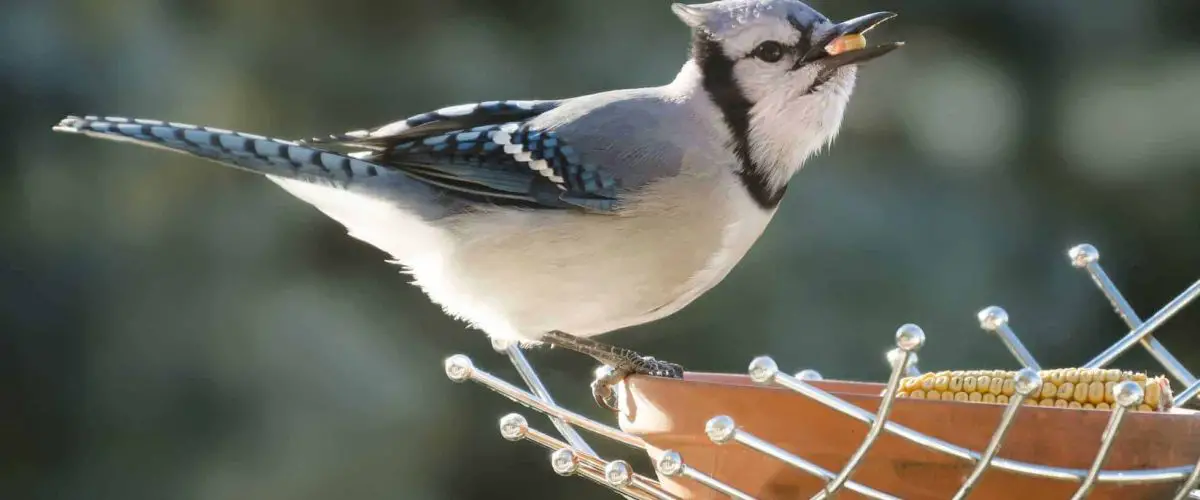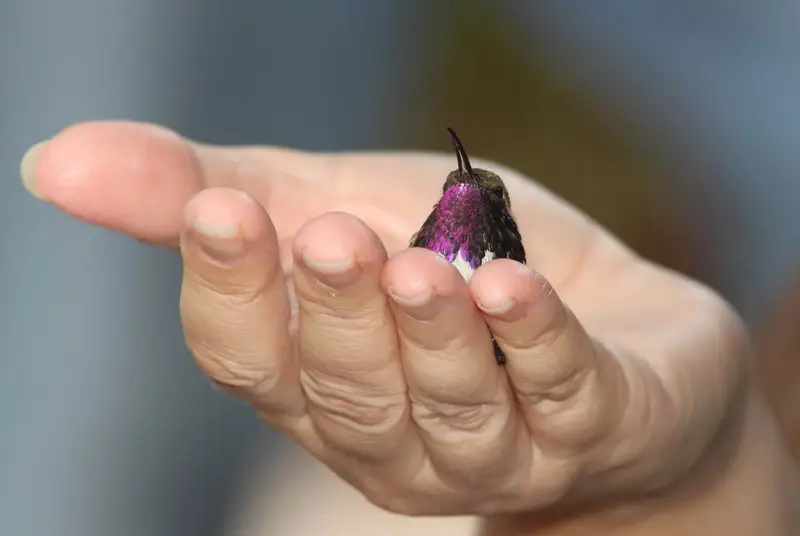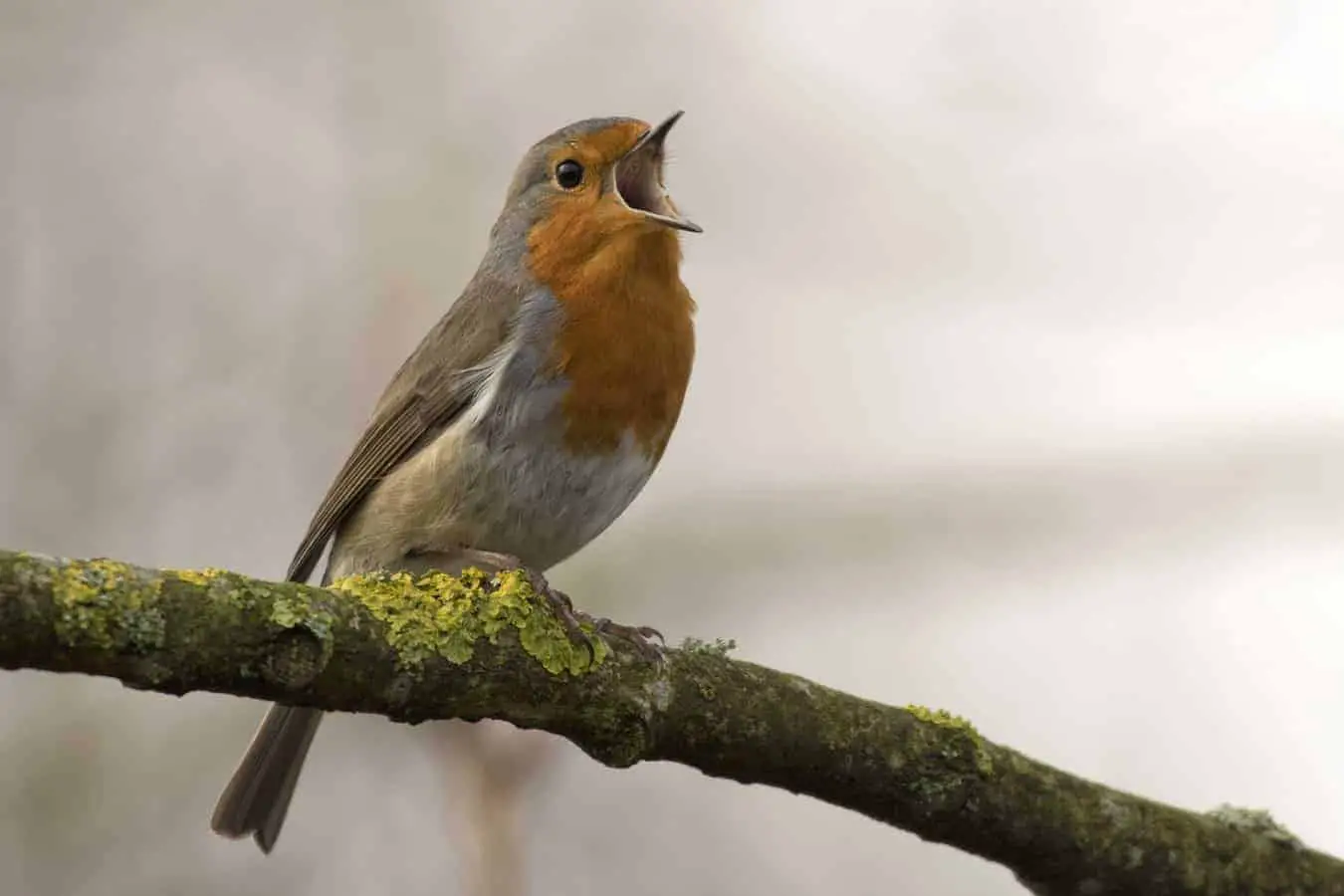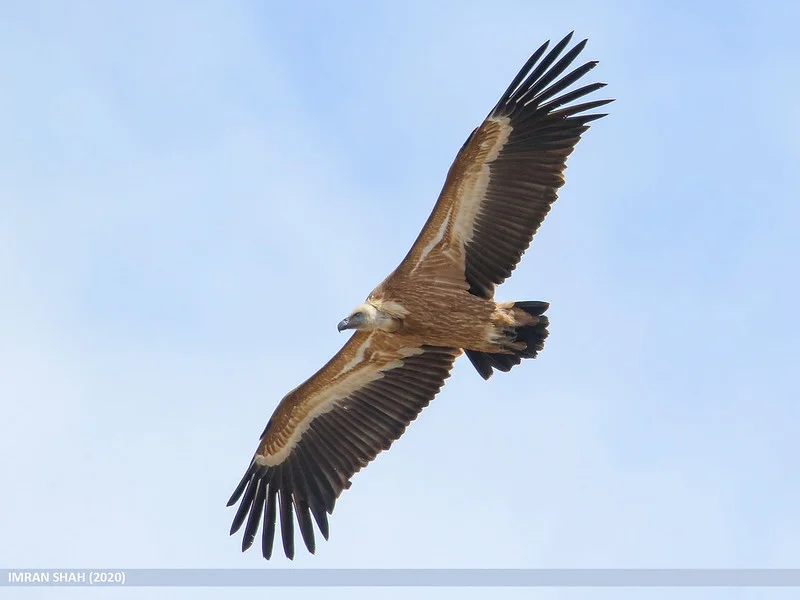
Some may vehemently argue that Blue Jays are the bullies of the bird kingdom and insist against even observing them. Others see them as stunningly beautiful, intelligent, and entertaining and strive to attract them to the backyard. They are part of the Corvidae family and display problem-solving skills to gather and protect food. They chase away predators who threaten this stash of food even to the point of taunting cats or mimicking hawks cries. Even those who find them to be bullies will admit their beauty.
Table of Contents
Toggle
Blue Jays display a beautiful blue, green, brown, white, and black plumage making them a sight to behold. They also make a variety of interesting sounds that are fascinating to listen to. If you know how to attract them, you will be able to meet their needs to keep them around to enjoy all year. Blue Jays are fairly easy to attract to your back yard, but some may be hesitant at first. They tend to have great memories, so hey will most likely return if you keep providing food.
What do Blue Jays eat in the Wild?
In the wild, Blue Jays eat a variety of food that includes seeds, nuts, acorns, fruits, invertebrates, and sometimes eggs and nestlings. Attract Blue Jays by stocking plenty of their favorite foods to always have on hand to offer them, including corn, sunflower seeds, and peanuts. Place the food on large, open feeders with rows of native trees nearby. Also, make sure you offer a consistent source of fresh and clean water.
What do Blue Jays eat from bird feeders?
Blue Jays feast on mainly plants, vegetables, and nuts as well as some insects. Some of their favorites are shelled peanuts, sunflower seeds, elder berries, cherries, dogwood, acorns, and suet. Offer nuts through a spring or mesh feeder, and set additional food items out on large trays or platform feeders. Select stable ground feeders or mount the feeder on a pole since Blue Jays are heavy, and a hanging feeder that sways will make them feel uneasy. Blue Jays are large birds, typically ranging from 9 to 12 inches long and weighing between 2 ½ to 3 ½ oz.
Tray feeders, hopper feeders, platform feeders, and peanut feeders work well for Blue Jays. While these birds prefer to be on a platform and not a swinging feeder, peanut wreaths often attract them. Or, offer a pine cone that is covered with peanut butter and bird seed.
Offer a mix of bird food that includes insects, fruits, nuts, and grains. They also like sunflower seeds and peanuts. Offer them shelled or whole peanuts. Ration peanuts to daily servings so the Blue Jays notice the food but do not gulp it down too fast. Keep the feeder filled at all times, because if the food supply dwindles, the Blue Jay will leave to find more in another backyard. Don’t choose nuts that have seasoning and spices on them. Choose unsalted nuts that are roasted to set out in bird feeders to make sure they don’t sprout and try to root.
Also offer suet, meal worms, cracked corn, and sunflower seeds along with small fruits like berries, elderberries, wild grapes, blackberries, or cherries. Add peanuts to a platform feeder. Blue Jays prefer to eat off of a platform rather than from a ground bird feeder. Only provide one days’ worth of food at a time. Keep the feeder clean, and clean up bird droppings.
Where can Blue Jays be found in the USA?
Blue Jays can be found throughout the United States. Unlike many birds who head south to warmer climates during colder months, Blue Jays stay in their region year round. Like most birds, Blue Jays require food, water, shelter, and places to nest whether the weather is warm or cold.
Are there different species of Jays in the USA?
Of the Jay family, Blue Jays are the most common in the eastern states. Western states and southern Florida enjoy different varieties of Jays, such as the scrub-jay and Steller’s Jays in high elevations Texans may even see the green jay.
How to Attract Blue Jays to your yard?
1. Oak Trees
If you want them to come and stay in your yard for more than food, you will need to provide a habitat that suits them. This means understanding that they are naturally forest birds, so large trees are a welcome sight to provide them with shelter and nesting spots. Oak and beech trees are a great choice since acorns and beechnuts are an important part of their diet. Having oak trees or beech trees in your yard will increase the likelihood of attracting Blue Jays to your back yard. The trees have insects that Blue Jays like to nibble on and the trees will also provide shelter from weather and is good for nesting.
2. Peanuts
Keep food available and stocked at all times, especially a steady supply of peanuts. If the food supply dwindles, the Blue Jay will most likely leave and head for another spot that has consistent food available. If you want smaller birds to come to your yard as well, you will want to provide feeders that have openings too small for Blue Jays, like tube feeders, away from the Blue Jay food.
3. Nesting Materials
Blue Jays begin mating in March and continue to July. They mate for life. During this time, they will be building a nest which takes several trips back and forth to gather nest-building supplies. Make sure you offer nesting supplies during these months. Provide a pile of sticks, grass clippings and twigs near the platform for them to easily grab. Jays prefer to nest in trees and will not use a birdhouse, though they may enjoy large, open nesting platforms that are larger than 8 inches square.
4. Foliage
Offer them a secure and safe place to rest by making sure you have deciduous trees, oak, pinyon pine trees, large conifers, or beech trees nearby to provide a natural source of nuts. Provide leaves that the Jays can use to forage and to hide their stashes of food they store up for eating during the winter. They prefer oak woodlands. Thicket in the lanscaping helps these birds feel secure especially if there is food and a water source nearby.
5. Water Bath
Blue Jays are drawn to birdbaths that are wider in the middle and fairly deep to give them room to move around and to allow their families to visit. Select a birdbath that has a small fountain or light mister feature. If the birdbath has reflective dripping water or splashing water, it will pique their curiosity. Make sure the birdbath is heated during winter months.
Running water is also be a fantastic addition to any yard in order to attract birds. Blue Jays have fantastic vision but they also have great hearing. They will often seek out water with its sound rather than by its sight. Adding a solar powered fountain pump to your water bath is a sustainable solution to this. Be warned however, in the winter months it is advised to take a pump like this inside.
6. Insects
Blue Jays provide you with a natural pest control. Since insects make up a large part of their diets, avoid spraying your yard or garden with pesticides. Instead, attract Blue Jays to your yard and let them feast on caterpillars and grasshoppers.
7. Perches
Provide these birds with flat spaces that are perched on tree branches or window sills. The platform should be at least 8 x 8 inches and high off of the ground mounted on a pole or in a tree. Just make sure squirrels and raccoon can’t get to it. Protect the feeders from squirrels by using baffles and such.
8. Hiding Spots
While they feed, Blue Jays often store up extra food in their mouths to take back to their home or to hide for later. Shady spots makes it more attractive to this bird since there is a place to hide and easily stash the food without it getting too hot out in the sun. Provide a nesting platform that is in the shade and away from squirrels, raccoon and other predators.
Keep the feeding area clean. Remove clutter like branches and left over food like nut or egg shells as well as droppings or dead insects.
Be aware!
Because of their antics, some see them as bullies and prefer not to attract them into their yards. Blue Jays travel in groups, especially as the weather gets colder. Many see them as obnoxious as they often scare other birds away by imitating hawks and are extremely territorial and may take over your yard as theirs. This also tends to scare off smaller animals. Though, when they are outnumbered, they back off and are actually quite beautiful and entertaining to watch. Blue Jays have also been known to eat eggs or small frogs, baby birds, and invertebrates occasionally which can be alarming to watch so is something to consider before attempting to attract them to your yard.
Can Blue Jays be tamed?
They can be tamed. Your best chance of taming one is raising it from a fledgling. However, laws in the US make this challenging since it is illegal to keep a Blue Jay as a pet due to the migratory birds act unless you are licensed to do so.
Can Blue Jays talk?
Some claim they mimic humans. Like other Corvids, Blue Jays make a wide variety of sounds and may even learn to mimic human speech. They don’t speak like a parrot but do imitate the pitch and tones of human speech patterns.
Why do Blue Jays mimic hawks?
They mimic hawks to scare away other birds. Blue Jays will imitate hawks to warn other birds that a hawk is in the area and they need to take cover or to scare predators away. Some suggest that there is no ulterior motive other than to merely imitate sounds they heard, including the hawk calls.
How do Blue Jays survive winter?
Blue Jays survive in the cold by producing 25 to 30 percent more feathers during winter months. They also waterproof their feathers with body oils keeping the inside of their feathers dry to serve as insulation. They also fluff their plumage in the cold. They are able to put themselves into a hypothermia state where their heartbeat is slowed and body temperature drops to conserve energy and survive in extreme cold. Or, they huddle together to keep warm.
What does a Blue Jay sound like?

More Articles.

Can you keep a Hummingbird as a Pet in the US?
In the US, it is in fact illegal to keep hummingbirds as pets in your

How to Attract Robins to your Yard?
Robins are known for being friendly and energetic birds that love to spend time hanging

What Birds of Prey can be seen in France? (10 Species with Pictures and Sounds)
France is filled with numerous birds of prey. Its variable habitat from the mountains of

About Us
We are avid bird-watchers who recently retired, allowing us more time to travel the world. Fortunately, we have managed to visit numerous countries around Europe, Asia, and America. Watching and photographing birds has been a passion for many years and we are making the most of the extra time on our hands!



